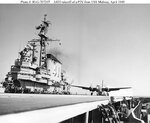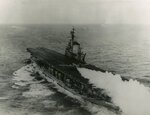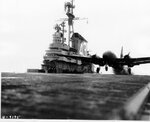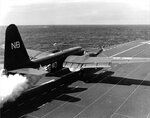SaparotRob
Unter Gemeine Geschwader Murmeltier XIII
Hey! I think there's a guy in Washington who wanted to buy Greenland. Make him an offer.That's never going to be paid off, ever. Most of it is owned to ourselves, issued by the Bank of Canada. But still, to make a dent in that debt we need a climate tariff on everything from China - I don't care about the climate (in this instance), but let's get some money out of them. We also need to cut government spending on many things. Maybe we can sell Newfounland, lol or let Quebec separate.
Posthaste: How to pay for the ballooning federal debt? Lower income taxes — but raise others





